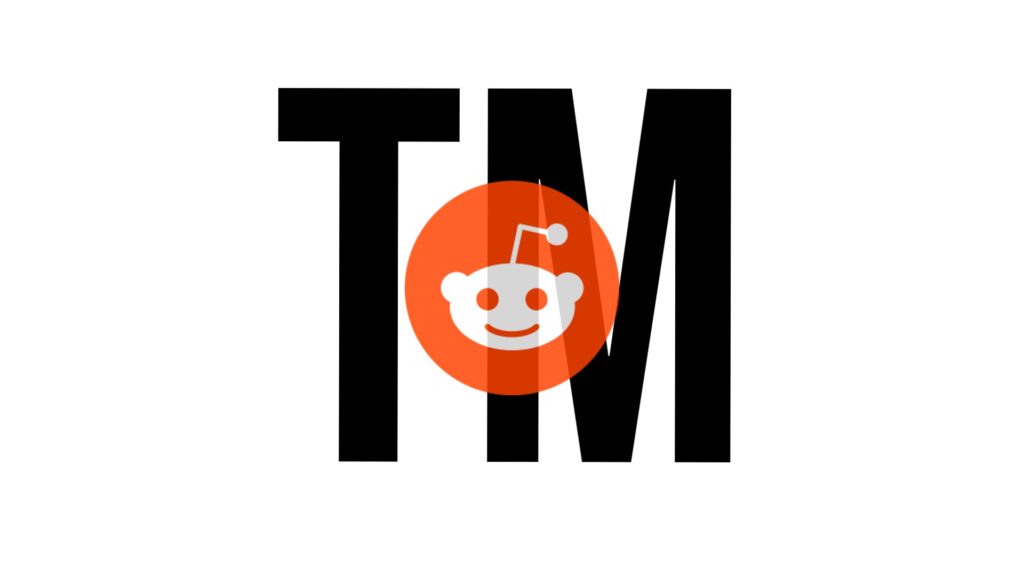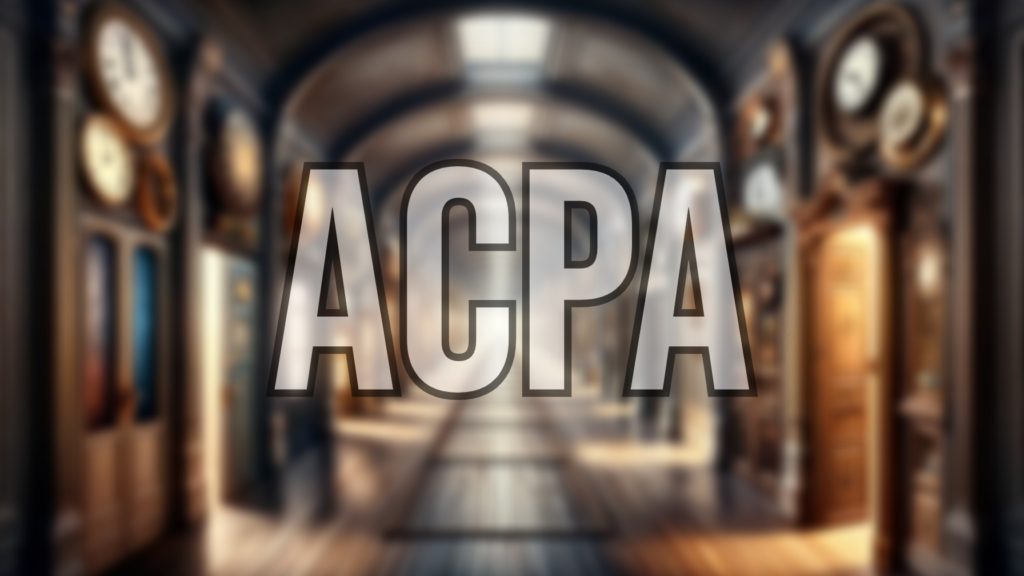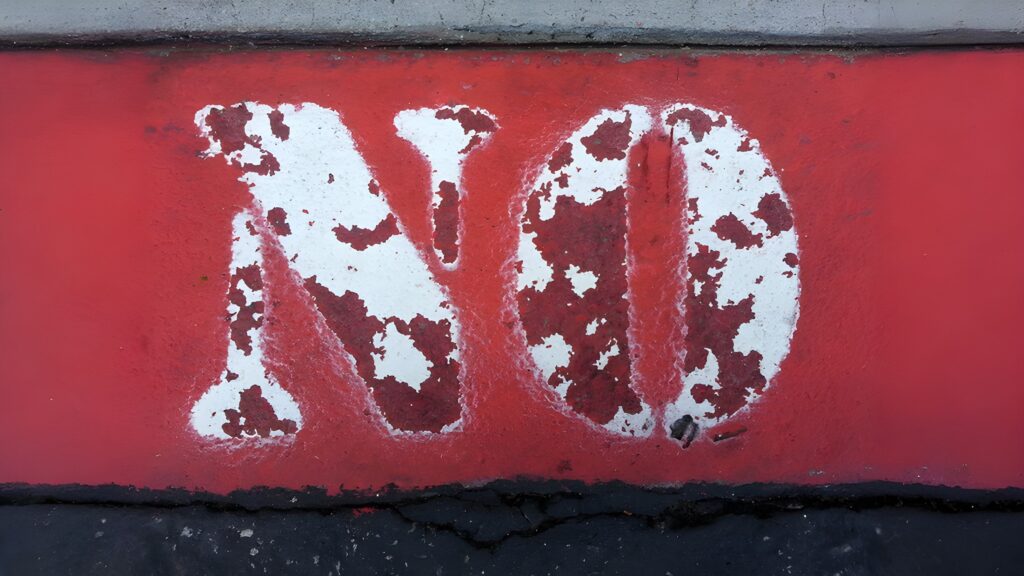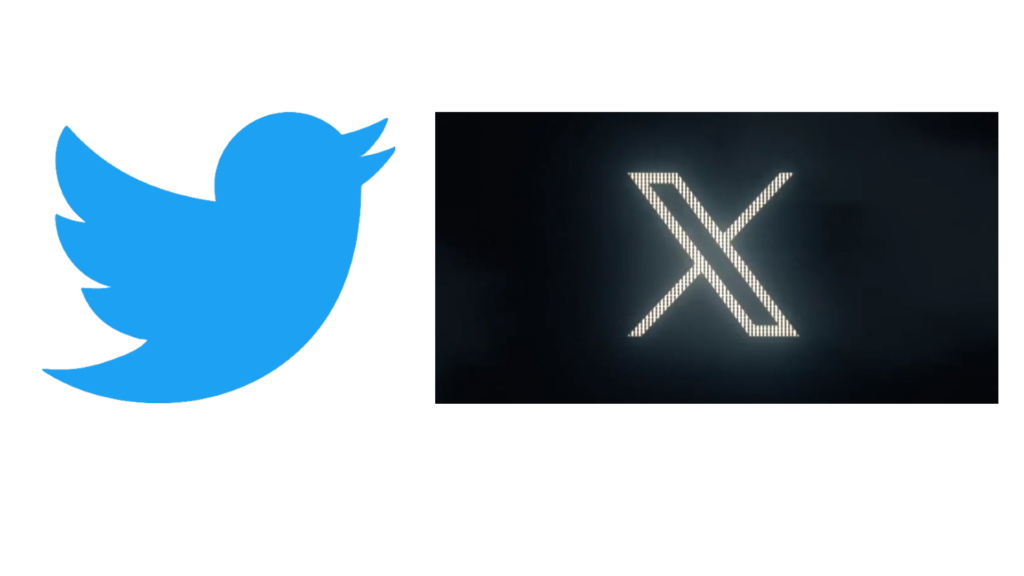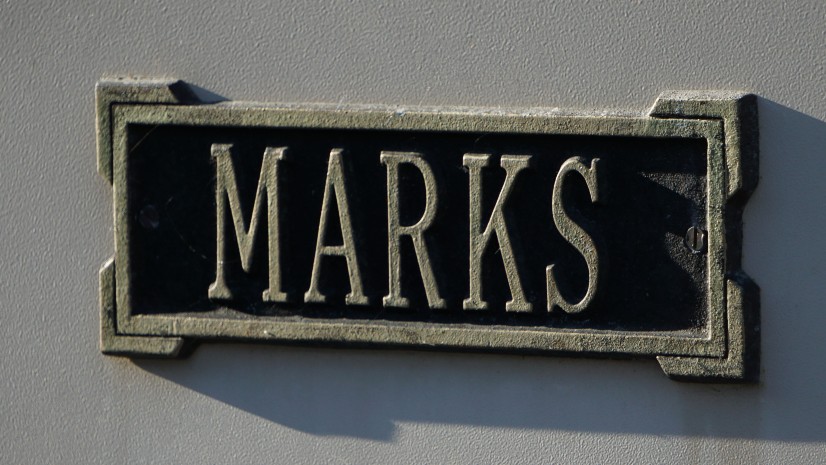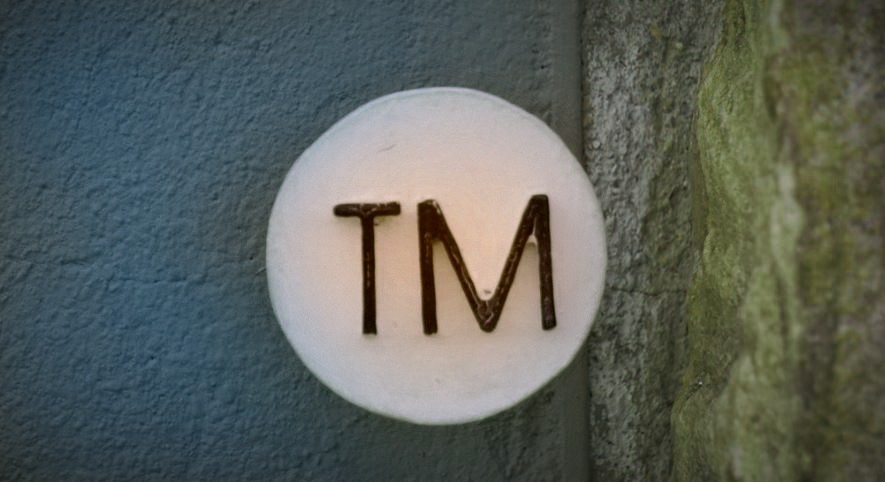
Plaintiff used the mark BIKE+ in connection with a fitness tracking app and obtained a federal registration for the mark. It sued defendant Peloton for trademark infringement over Peloton’s adoption and use of the mark PELOTON BIKE+. Defendant moved for summary judgment arguing, among other things, that there was no likelihood of confusion. The court granted defendant’s motion for summary judgment.
Sitting in the Ninth Circuit, the court embarked on an analysis under AMF, Inc. v. Sleekcraft Boats, 599 F.2d 341 (9th Cir. 1979) to assess the likelihood of consumer confusion. It considered several factors, including the strength of the mark, the similarity of the products, marketing channels used, and the intent behind the choice of mark, among others. The court determined that plaintiff’s BIKE+ mark, being descriptive of the app’s functionality to enhance biking experiences, did not possess the inherent distinctiveness that warrants a broad scope of protection. This was compounded by the existence of similar marks in the app marketplace, further reducing the strength of plaintiff’s mark.
The court then looked to the relatedness of the goods offered by both parties, the similarity of the marks in appearance, sound, and meaning, and the absence of evidence of actual consumer confusion. Despite the complementary nature of the defendant’s physical product and the plaintiff’s app, and some similarities in the marks, the lack of actual confusion evidence, along with divergent marketing channels and the sophistication of the consumers, weighed against the likelihood of confusion. The defendant’s intent in selecting its mark did not suggest a deliberate attempt to create confusion, further diminishing the plaintiff’s stance.
Ultimately, the court concluded that the descriptive nature of the plaintiff’s mark, the lack of significant commercial strength, and the minimal impact of relatively recent development activity made confusion unlikely. Defendant’s commercial prominence and extensive marketing efforts did not overshadow the plaintiff’s app to a degree that would cause confusion among consumers. Given all the circumstances and the specific context of each factor considered, the court found confusion to be possible but not probable, leading to the grant of summary judgment in favor of defendant.
World Champ Tech LLC v. Peloton Interactive, Inc., 2024 WL 665181 (N.D. California, February 16, 2024)
See also:

